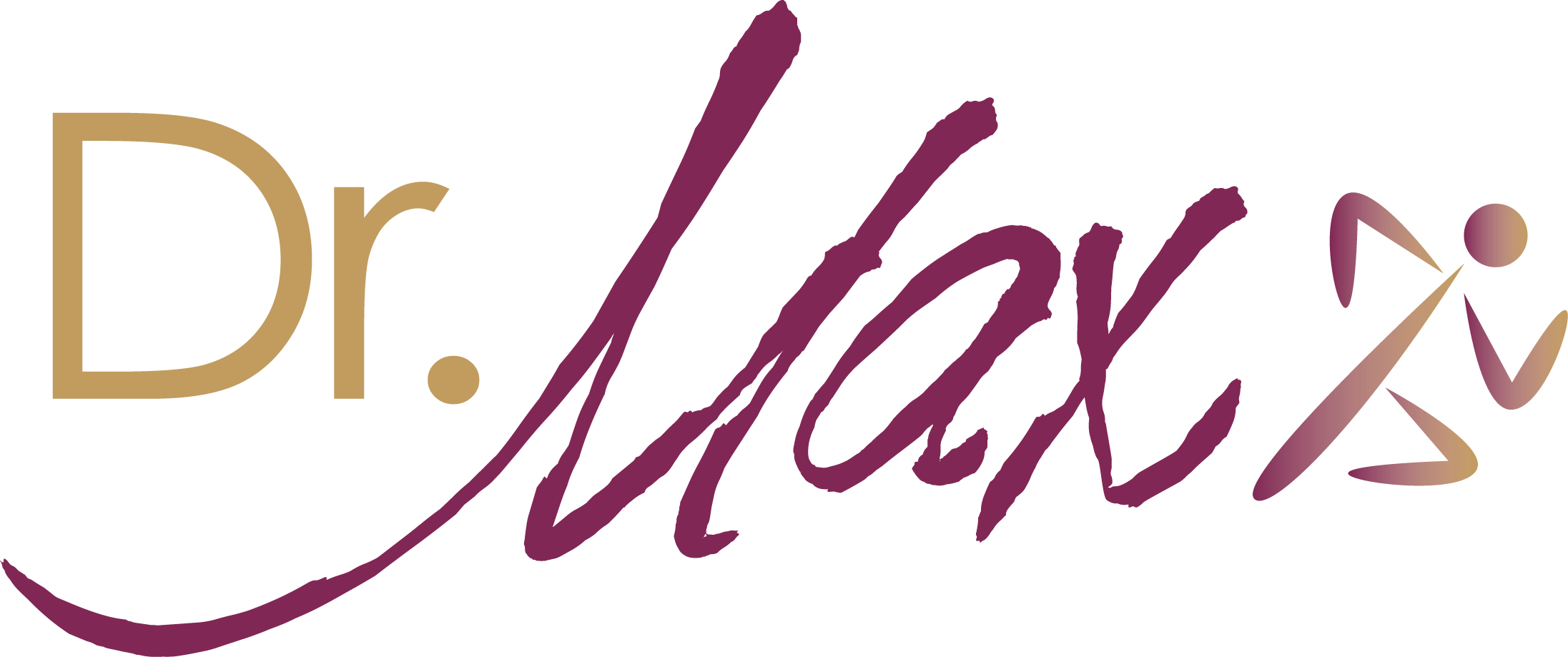Effects of Aging
It's no secret that our bodies change as we age. Some changes are obvious, while others are more subtle.
Many people age comfortably and remain active, alert, and vibrant throughout their lives. Their physiologic age may be quite younger than their chronological age.
Others may experience the effects of osteoporosis and osteoarthritis, which can gradually diminish their abilities to participate fully in activities.
Knowing what to expect and taking steps to counterbalance the effects of aging can help you maintain a young spirit and an independent life. A healthy diet, regular exercise program, and positive attitude can help delay the onset and slow the progression of many age-related changes.
The Effects of Aging
Aging Muscles:
- As muscles age, they begin to shrink and lose mass. This is a natural process, but a sedentary lifestyle can accelerate it.
- The number and size of muscle fibers also decrease. Thus, it takes muscles longer to respond in our 50s than they did in our 20s.
- The water content of tendons, the cord-like tissues that attach muscles to bones, decreases as we age. This makes the tissues stiffer and less able to tolerate stress.Handgrip strength decreases, making it more difficult to accomplish routine activities such as opening a jar or turning a key.
- The heart muscle becomes less able to propel large quantities of blood quickly to the body. We tire more quickly and take longer to recover.
- The body's metabolic rate (how quickly the body converts food into energy) slows. This can lead to obesity and an increase in "bad" cholesterol levels.
 Aging Bones
Aging Bones
Throughout life, bones constantly change through a process of absorption and formation called "remodeling." As we age, the balance between bone absorption and bone formation changes, resulting in a loss of bone tissue.
The mineral content of bones decreases, so that bones become less dense and more fragile.
As bones lose mass, osteoporosis develops, affecting both women and men. In the spine, osteoporosis can lead to crush fractures of the vertebrae, resulting in a "dowager's hump." Osteoporosis is also responsible for almost all hip fractures in older men and women.
The chemistry of cartilage, which provides cushioning between bones, changes. With less water content, the cartilage becomes more susceptible to stress. As cartilage degenerates, arthritis can develop.
Ligaments, connect
Aging Joints
Joint motion becomes more restricted and flexibility decreases with age because of changes in tendons and ligaments.
As the cushioning cartilage begins to break down from a lifetime of use, joints become inflamed and arthritic.
Counteracting the Effects of Aging
Many of the changes in our musculoskeletal system result more from disuse than from simple aging. Less than 10 percent of Americans participate in regular exercise, and the most sedentary group is older than 50 years of age.
Stretching is an excellent way to help maintain joint flexibility. Weight training can increase muscle mass and strength, enabling people to continue their daily routine activities without maximal exertion. Even moderate amounts of physical activity can reduce your risk of developing high blood pressure, heart disease, and some forms of cancer.
Long-term regular exercises may slow the loss of muscle mass and prevent age-associated increases in body fat. Exercise also helps maintain the body's response time, as well as its ability to deliver and use oxygen efficiently. Just 30 minutes of moderate activity, incorporated into your daily routine, can provide health benefits.
An exercise program doesn't have to be strenuous to be effective. Walking, square dancing, swimming, and bicycling are all recommended activities for maintaining fitness as we age.
The 30 minutes of moderate activity can be broken up into shorter periods. For example, you might spend 15 minutes working in the garden in the morning and 15 minutes walking in the afternoon. It all adds up.
But if you have never attempted an exercise program before, be sure to see your doctor before starting one now.

